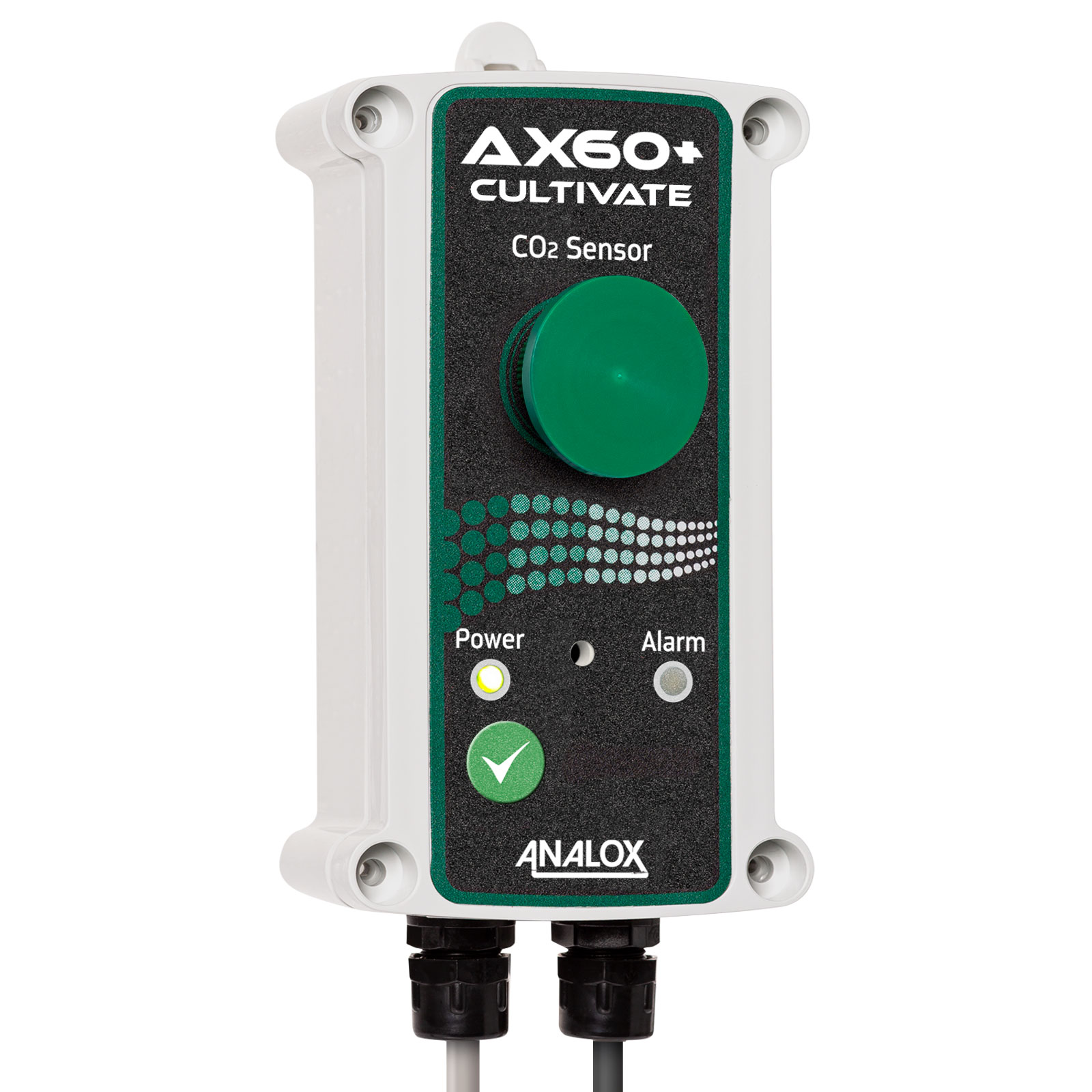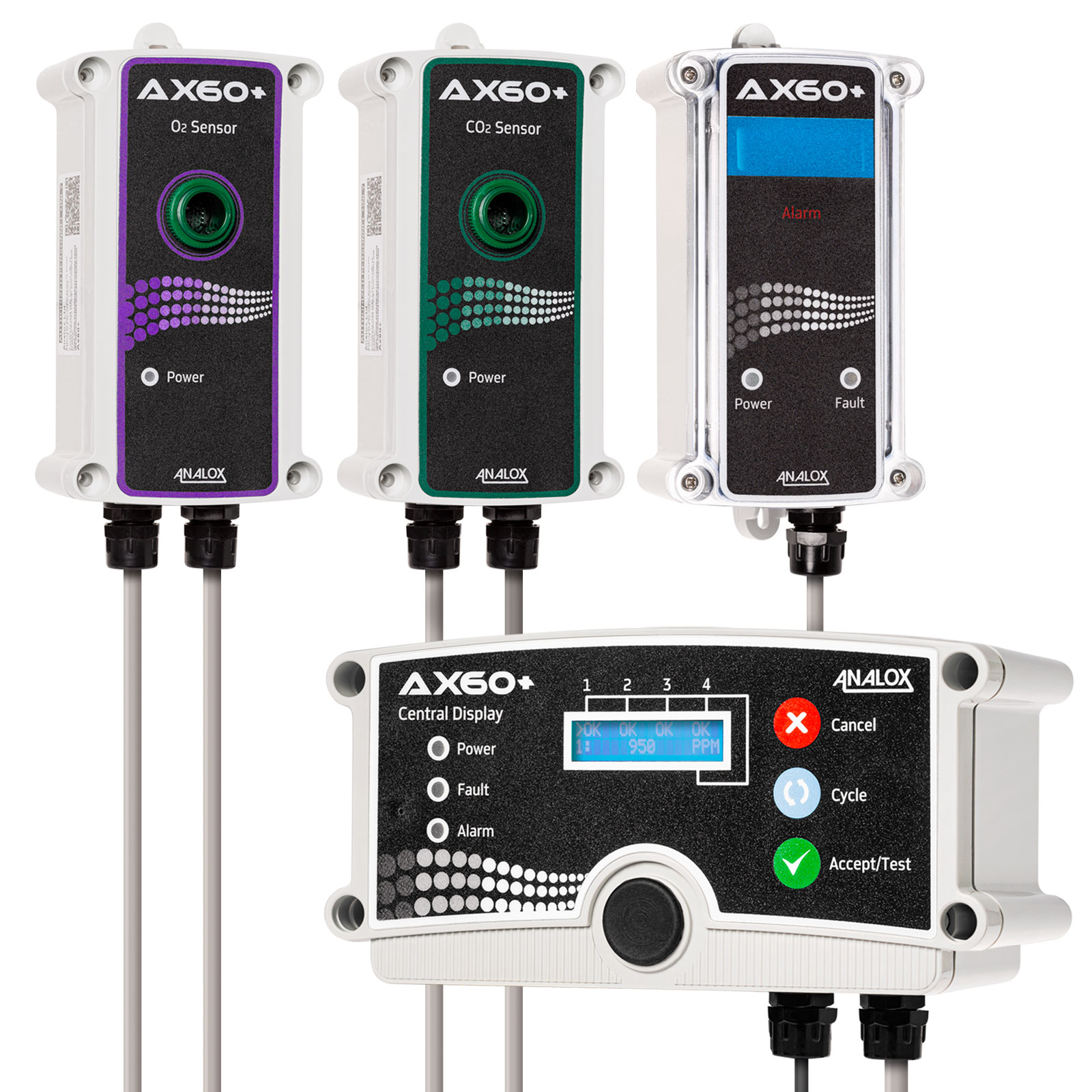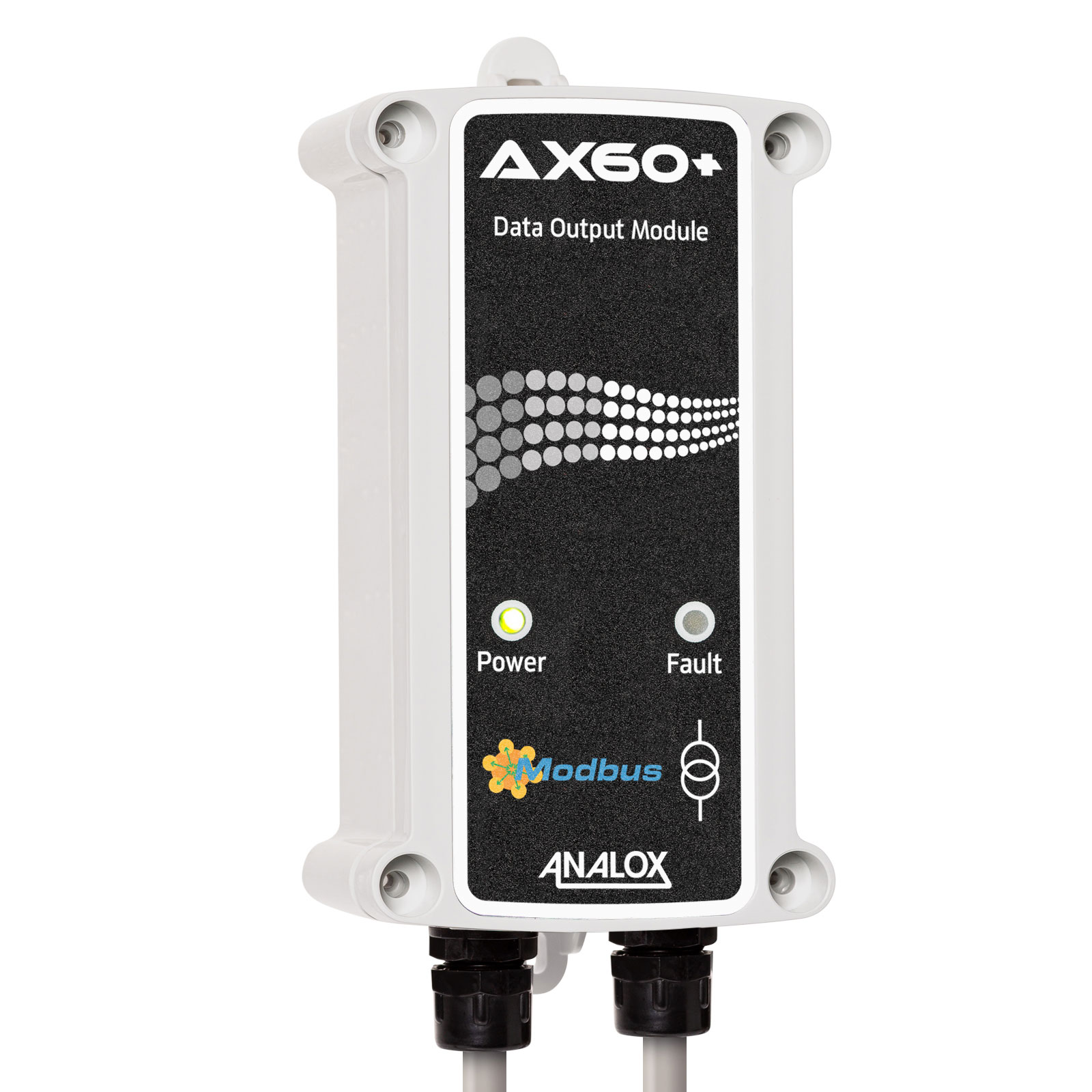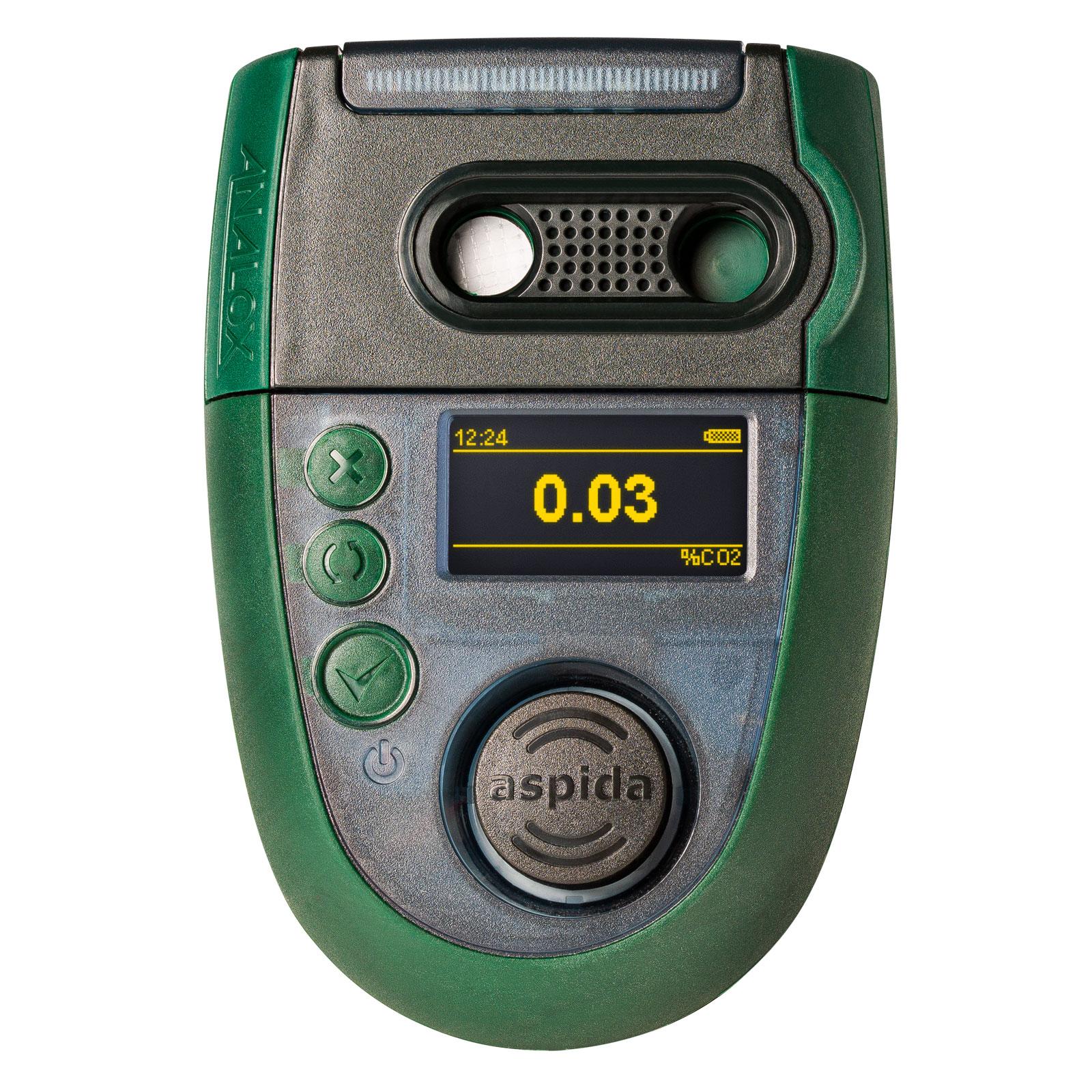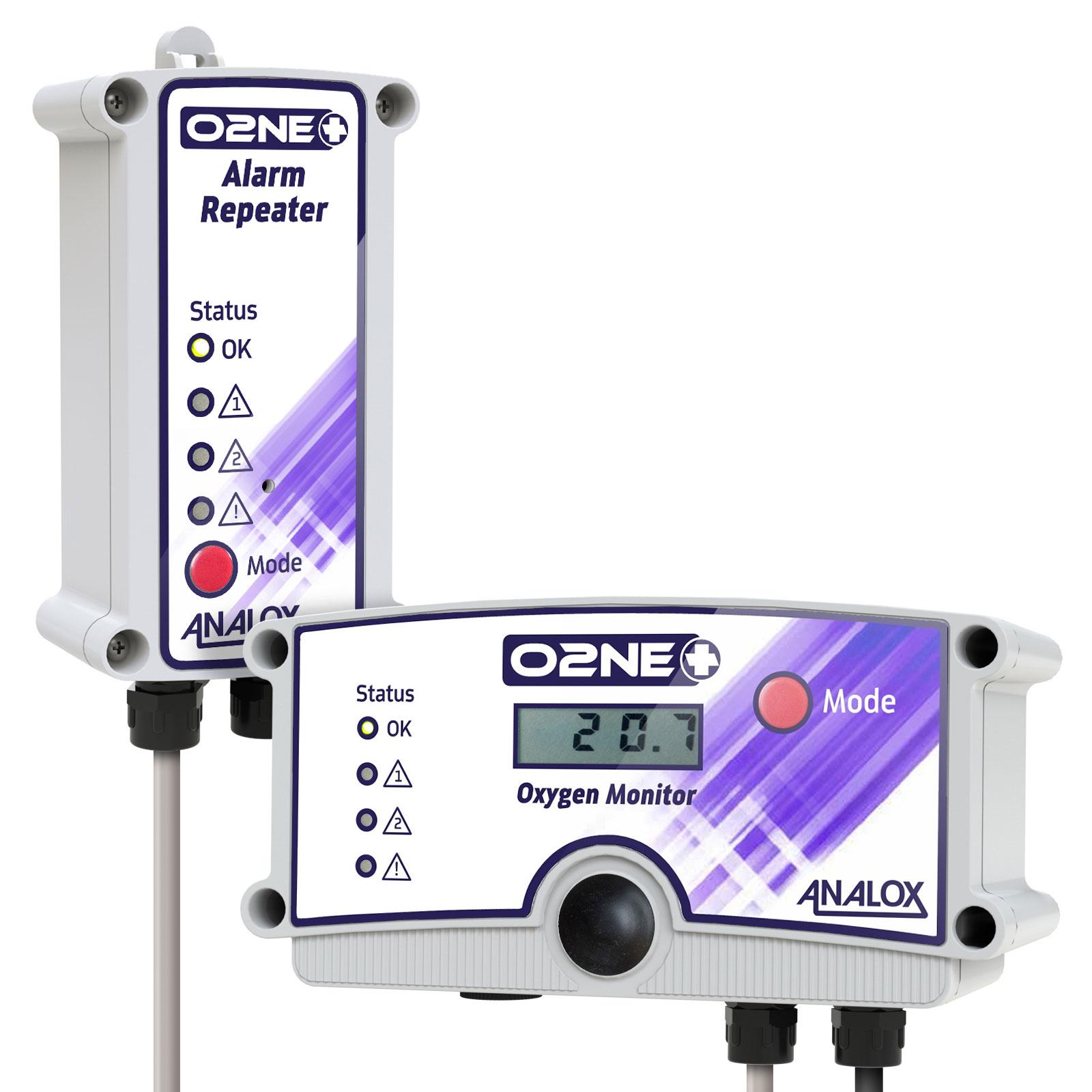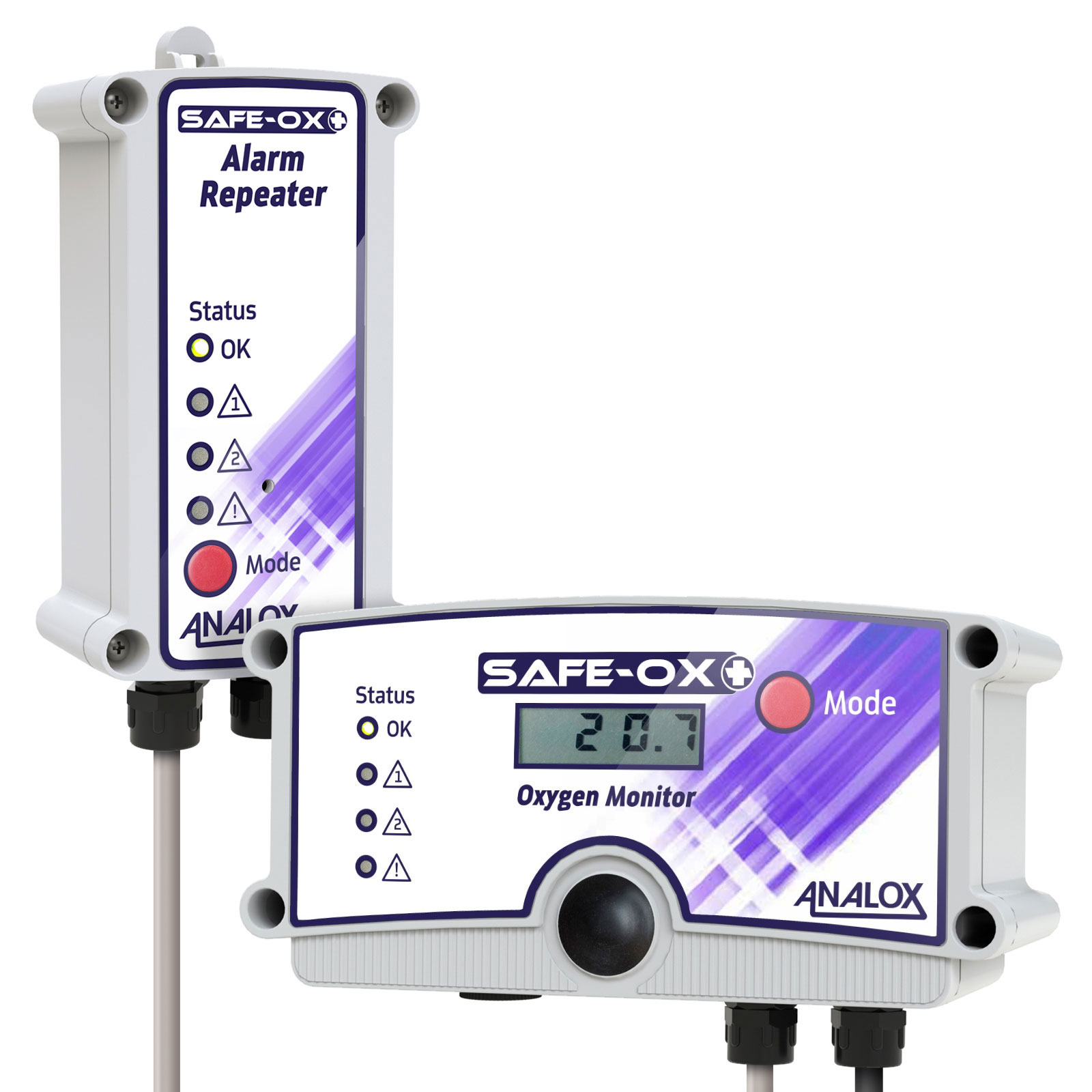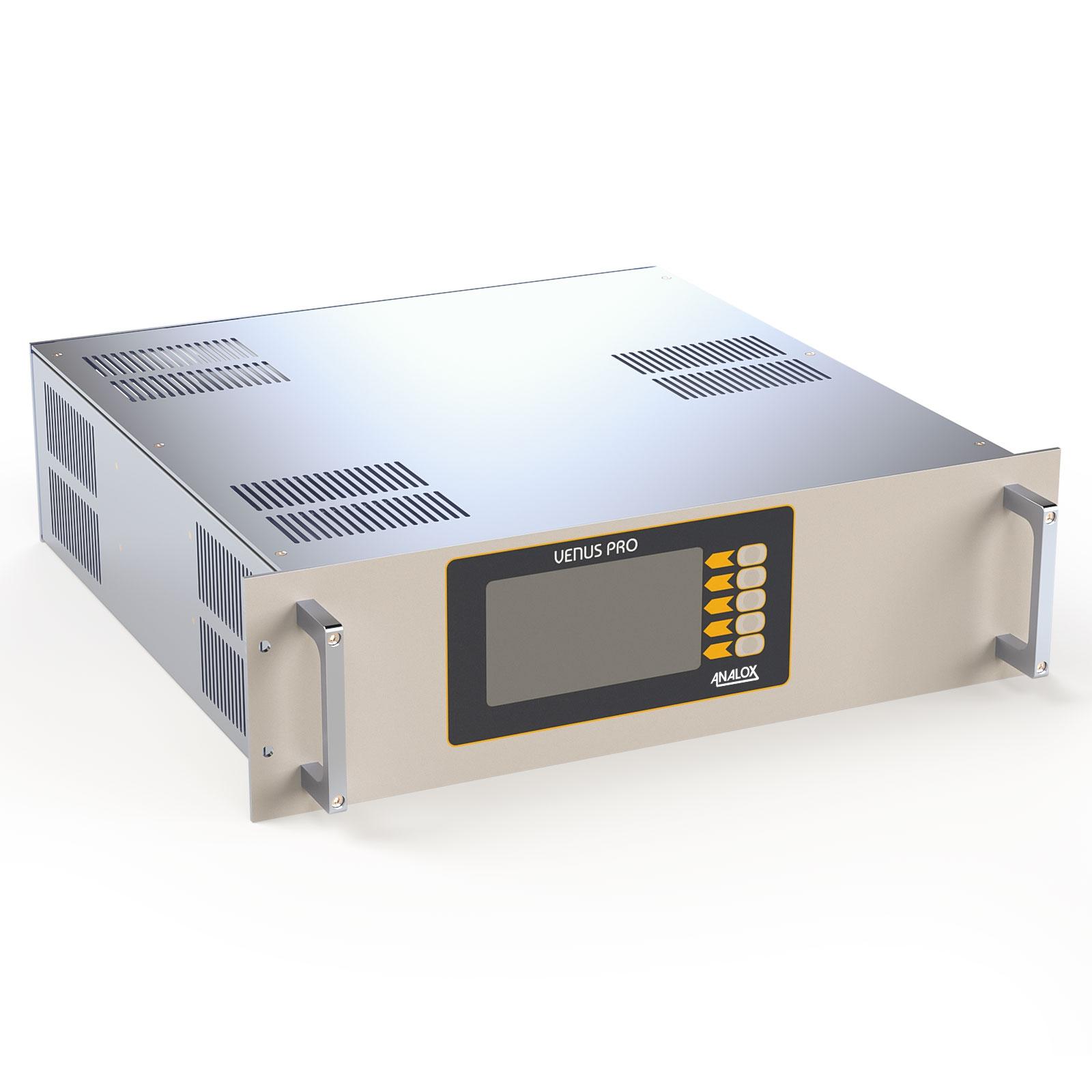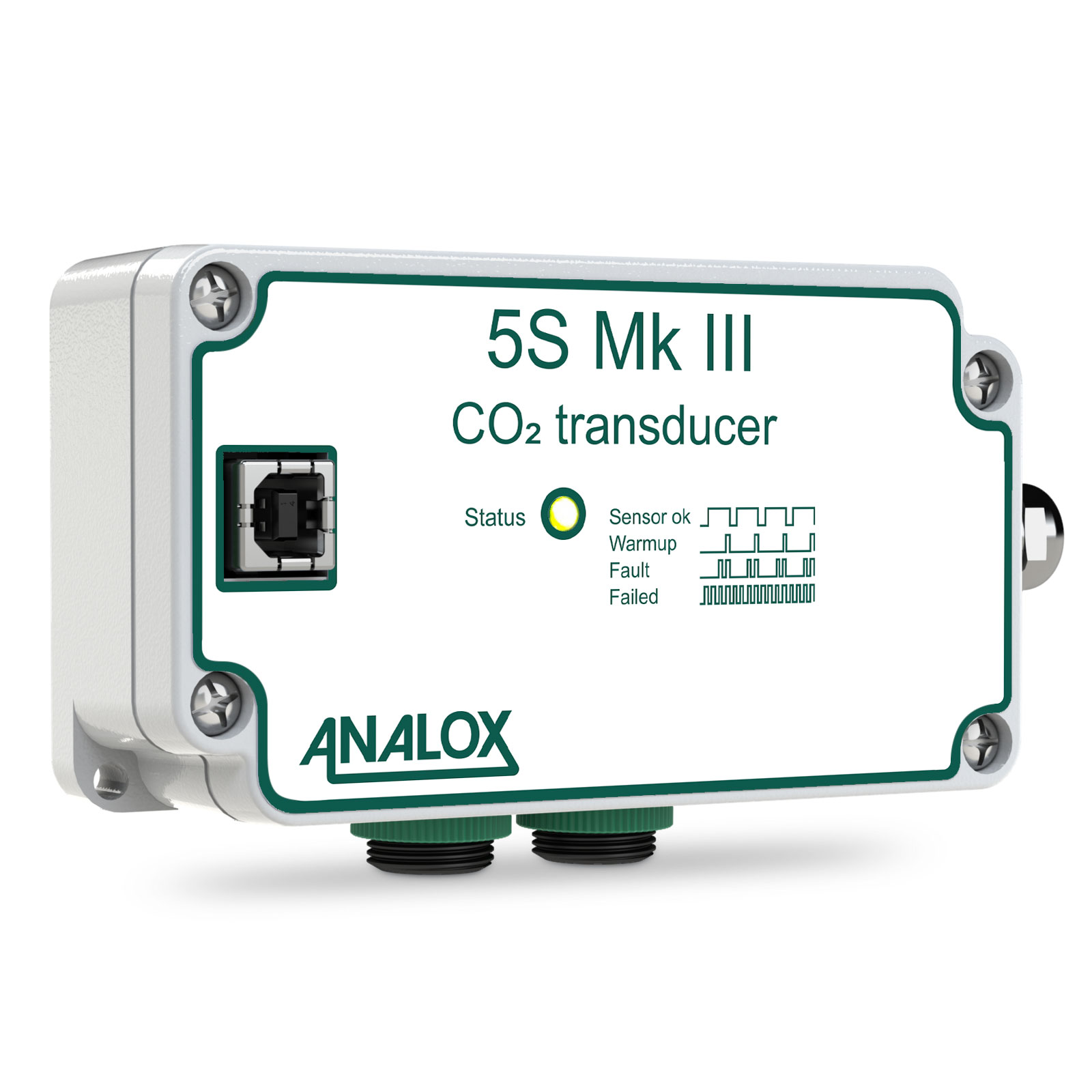Agriculture is a cornerstone of our world, sustaining us with livestock, fish, and crops. In the face of a growing global population, the farming industry has embraced smarter, safer, and more environmentally friendly approaches to meet the demands.
At Analox, our array of gas analyzers and detection systems significantly contributes to advancing process analysis and ensuring site and staff safety. Amid this evolving landscape, indoor farming stands out as a beacon of innovation and sustainability. As we delve into various sectors, we see how gas monitors in agriculture play a pivotal role.
Livestock Farming
Livestock farming is the largest contributor to global greenhouse gas emissions (GHG). On average, one cow produces around 300 liters of methane (CH4) per week. One way we can protect the environment and make pastoral farming less damaging is through nutritional and genetic research. Analyzers can be utilized to measure the levels of methane (CH4) and carbon dioxide (CO2) being expelled from the animal’s digestive system.
Aquaculture
Aquaculture, or fish farming, poses a need for controlling and monitoring dissolved oxygen (O2) in the harvesting of fish such as shrimp, carp, trout, salmon and other fish. This oxygen (O2) enrichment is vital to maintain the health and productivity of the stock. However, a leak of enriched oxygen is a potential fire hazard and there is also a medical risk of hypoxia if someone were to be exposed to high levels of oxygen. It is important to monitor the areas the oxygen (O2) is being used and stored to protect your site and staff.
Horticulture
Horticulture is responsible for providing a vast array of edible crops, and has expanded to encompass medicinal resources such as cannabis. Cannabis-derived pharmaceuticals and CBD oil hold the potential to alleviate conditions such as cancer, arthritis, anxiety, Parkinson’s, Alzheimer’s, and chronic pain. Horticulture relies on carbon dioxide (CO2) enrichment, elevating CO2 levels to expedite photosynthesis and bolster crop growth, thereby enhancing both yield and profitability.
It is critical to know when the carbon dioxide (CO2) levels reach the optimal amount but it is also important to ensure they reduce to a safe level before staff enter the greenhouse to tend to the crops. Installing a carbon dioxide (CO2) monitor protects your team from this toxic gas.
Cultivation and Grow Rooms
Carbon dioxide (CO2) enrichment is a well-known technique used by indoor farmers and cultivators to boost plant growth and increase yields. While CO2 is essential for photosynthesis and plant growth, it’s important to realize that using it incorrectly can lead to potential hazards for people working in or around these facilities.
At Analox, we’re pushing boundaries to facilitate simple CO2 safety.
One benefit of indoor farming is the reduced reliance on pesticides and chemicals. The enclosed environment acts as a natural barrier against pests, making it harder for them to harm crops. This controlled climate also helps minimize the risk of fungal diseases.
This integrated approach to cultivation can contribute to a more sustainable and eco-friendly way of producing food. However, while CO2 enrichment can be highly effective, it’s essential to acknowledge the potential dangers involved:
CO2 Poisoning Risk
CO2 is odorless, colorless, and tasteless, which makes it impossible for people to detect. Even when there’s enough oxygen in the air, CO2 poisoning can happen. After ventilating an area with enriched CO2, it’s vital to ensure it’s safe for staff to return. Using a suitable CO2 safety monitor can help reduce this risk. We recommend our Ax60+ Cultivate fixed CO2 safety monitor for best practice.
Ventilation Challenges in Agriculture
Inadequate ventilation can lead to pockets of CO2 accumulating in confined spaces within the indoor farm. This could expose staff to high CO2 levels and potential poisoning. To address this, we suggest using a portable CO2 monitor like our CO2 BUDDY. If you enter an area with high CO2 levels, your personal monitor will alert you and those around you to the danger.
Cultivation Space Planning
Implementing CO2 enrichment requires careful planning to ensure an even distribution of gas throughout the growing area. It’s recommended to place CO2 safety monitors in areas where CO2 is stored or piped. Since these areas won’t have enriched CO2, we recommend our Ax60+ CO2 monitor.
Analox’s Cultivation Room Solution
Installing dependable CO2 monitors and alarms to continuously track CO2 levels help to prevent overexposure and health risks. These systems can alert users to dangerous conditions and help keep the area safe for staff. We recommend the Ax60+ Cultivate fixed CO2 safety monitor for measuring CO2 levels inside the farming area and the Ax60+ CO2 monitor for storage and piped areas. Additionally, consider CO2BUDDY for portable CO2 safety monitoring as a back up safety monitor when workers re-enter the grow rooms.
Analox strives to provide a suitable solution for all agriculture applications. Don’t see your specific needs listed above? Reach out to our team. We’d love the opportunity to discuss your gas detection needs and work to provide the optimal solution for your application.
Gas Safety Monitoring in Agriculture
Experience unmatched gas detection, precision and safety with the Analox Ax60+ Cultivate – Your ultimate solution for reliable monitoring in agricultural environments.
If you need a simple, ready to install and cost-effective gas safety monitor – we’ve got you covered.
The Ax60+ is easy to install and already programmed for your local regulations.
The DOM can be retro fitted to any existing Ax60+ installations and provides real-time monitoring of the Ax60+ and communicates with customers remote systems such as a Building Management System (BMS).
A portable, personal safety monitor for both carbon dioxide (CO2) enrichment and oxygen (O2) enrichment and depletion.
A portable, personal safety monitor for carbon dioxide (CO2) enrichment.
A single point wall mountable safety monitor for oxygen (O2) depletion. This uses a partial pressure oxygen (O2) sensor so it is not cross sensitive to helium (He) ingress.
A single point wall mount safety monitor for oxygen (O2) depletion and enrichment that has a ppO2 sensor.
Gas Analysis in Agriculture
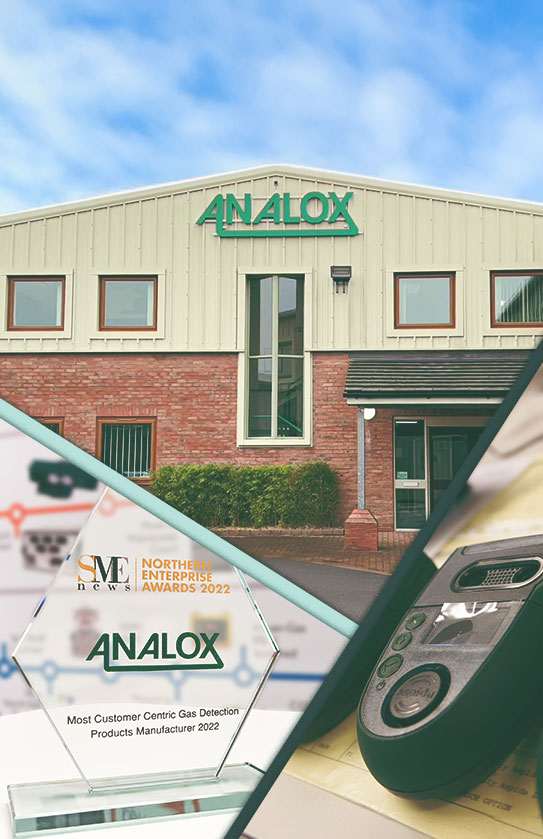
Subscribe to our Analox Newsletter!
Gain exclusive access to the latest news, insights, upcoming product releases in gas safety and efficiency. Be the first to know about our innovative solutions, upcoming events, and expert perspectives. Sign up today!

